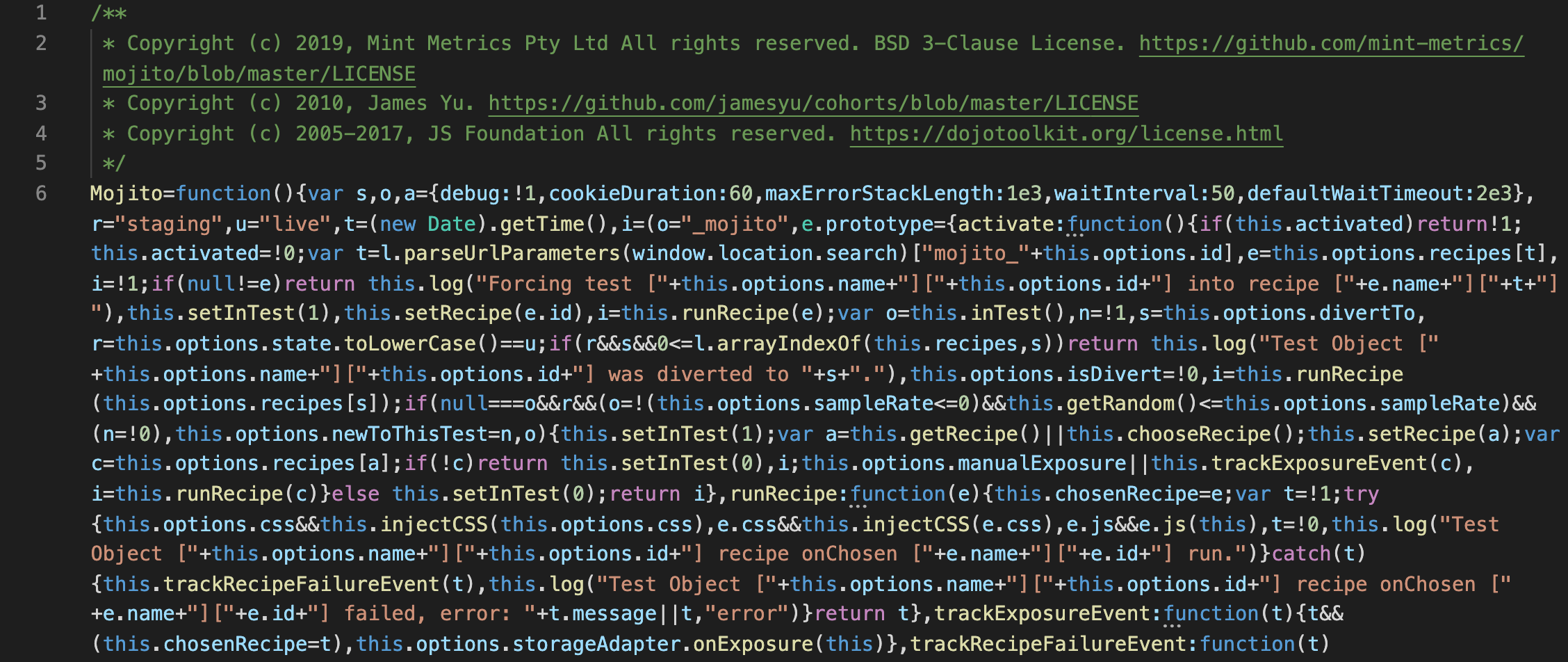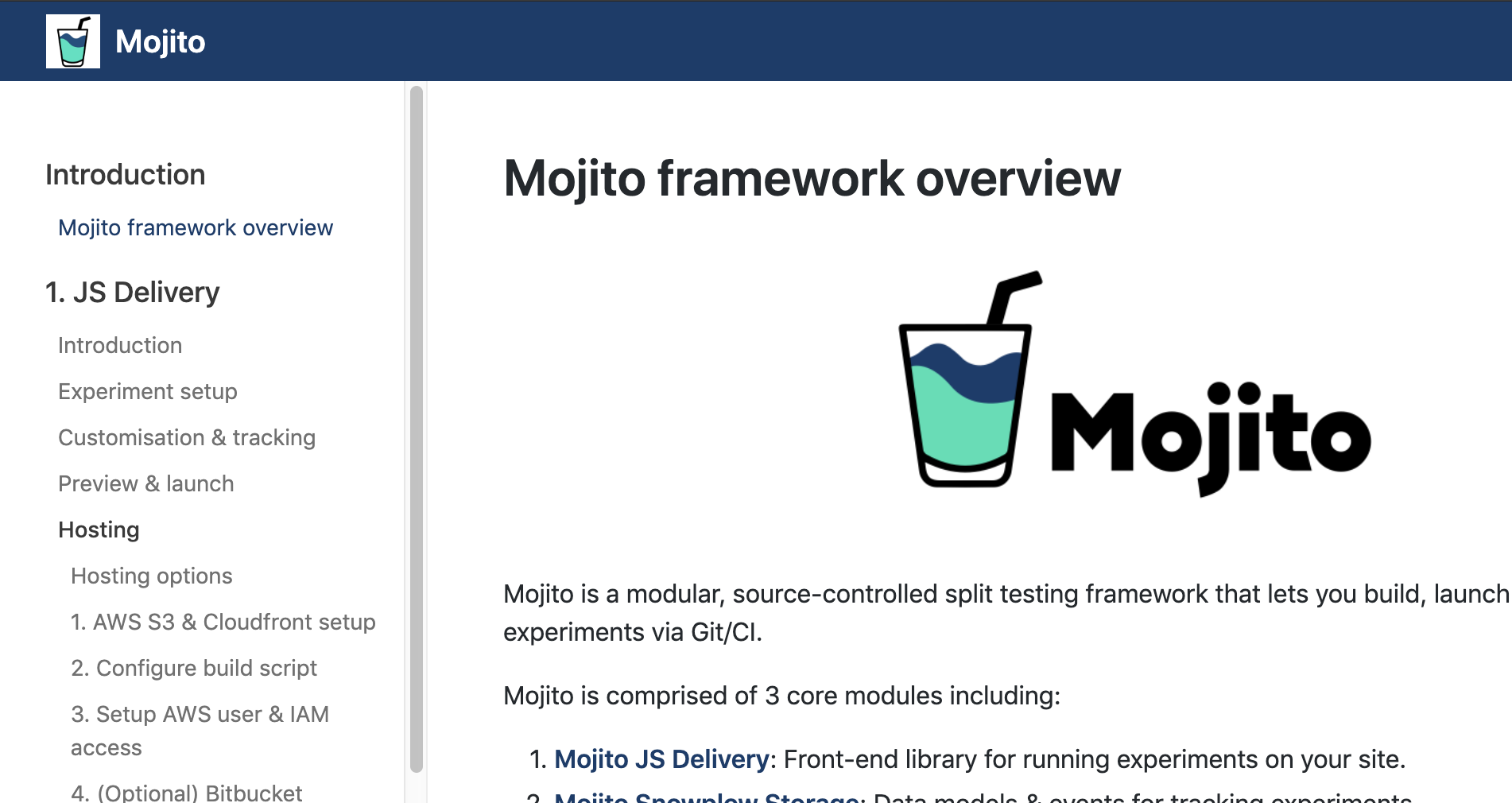Using YoY/MoM conversion rate goals as targets can backfire

Image credit: Field & Stream
A common exercise product teams do at the end of each year is goal setting and revision. We often see conversion rate goals / objectives being set like:
Increase the conversion rate from 6.7% to 7.4%
When goals measure absolute conversion rates across date ranges, like the above, teams may end up working against each other.



